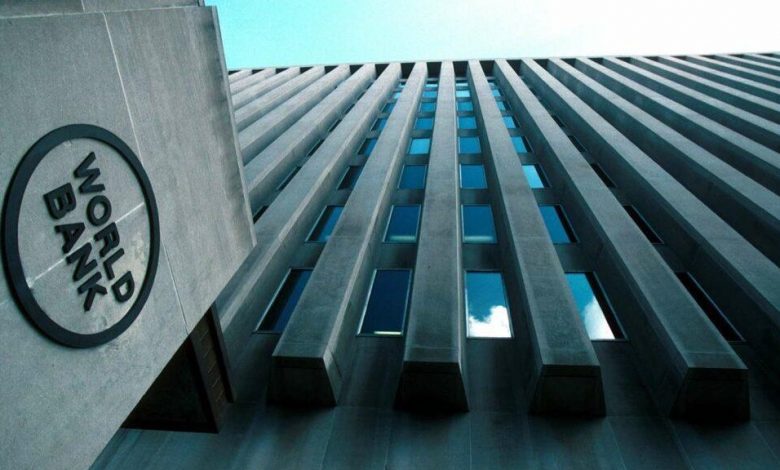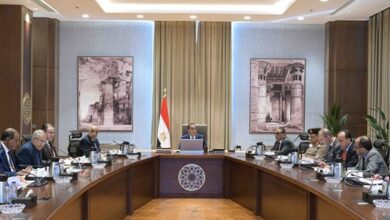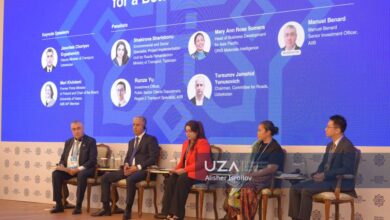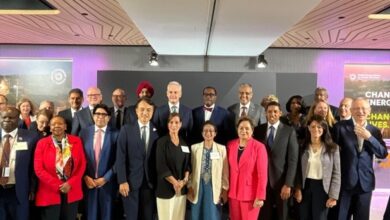
The World Bank is seeking to significantly expand its lending capacity to address climate change and other global crises and will negotiate with shareholders before April meetings on proposals including capital increases and new lending vehicles according to a document seen by Reuters Monday (January 3rd).
The document, sent to shareholder governments, marks the beginning of the negotiating process to change the bank’s mission and financial resources and shift it away from the model of state and enterprise lending used since its inception at the end of World War II.
The World Bank’s management aims to put specific proposals to change its mission, operating model and financial capacity ready for approval by the World Bank and the International Monetary Fund’s Development Committee in October, according to the document.
A World Bank spokesperson said the document aims to provide details on the scope, approach, and timeline for development with regular updates for shareholders and decisions later in the year.
The document stated that the bank will explore options such as potential new capital increases, changes in the capital structure to provide more lending and new financing instruments such as private sector loan guarantees.
-insufficient fund-
The roadmap document warns that an accumulation of lending for climate change, health care, food security, and other needs may require a capital increase to strengthen the capacity of the World Bank’s medium-income lending arm, the International Bank for Reconstruction and Development.
She added that the International Bank for Reconstruction and Development’s crisis reserves are likely to be depleted by mid-2023.
The bank said that evolving its mission to increase climate lending while maintaining good development results will require additional staff and budgetary resources, which have fallen by 3% in real terms over the past 15 years.











